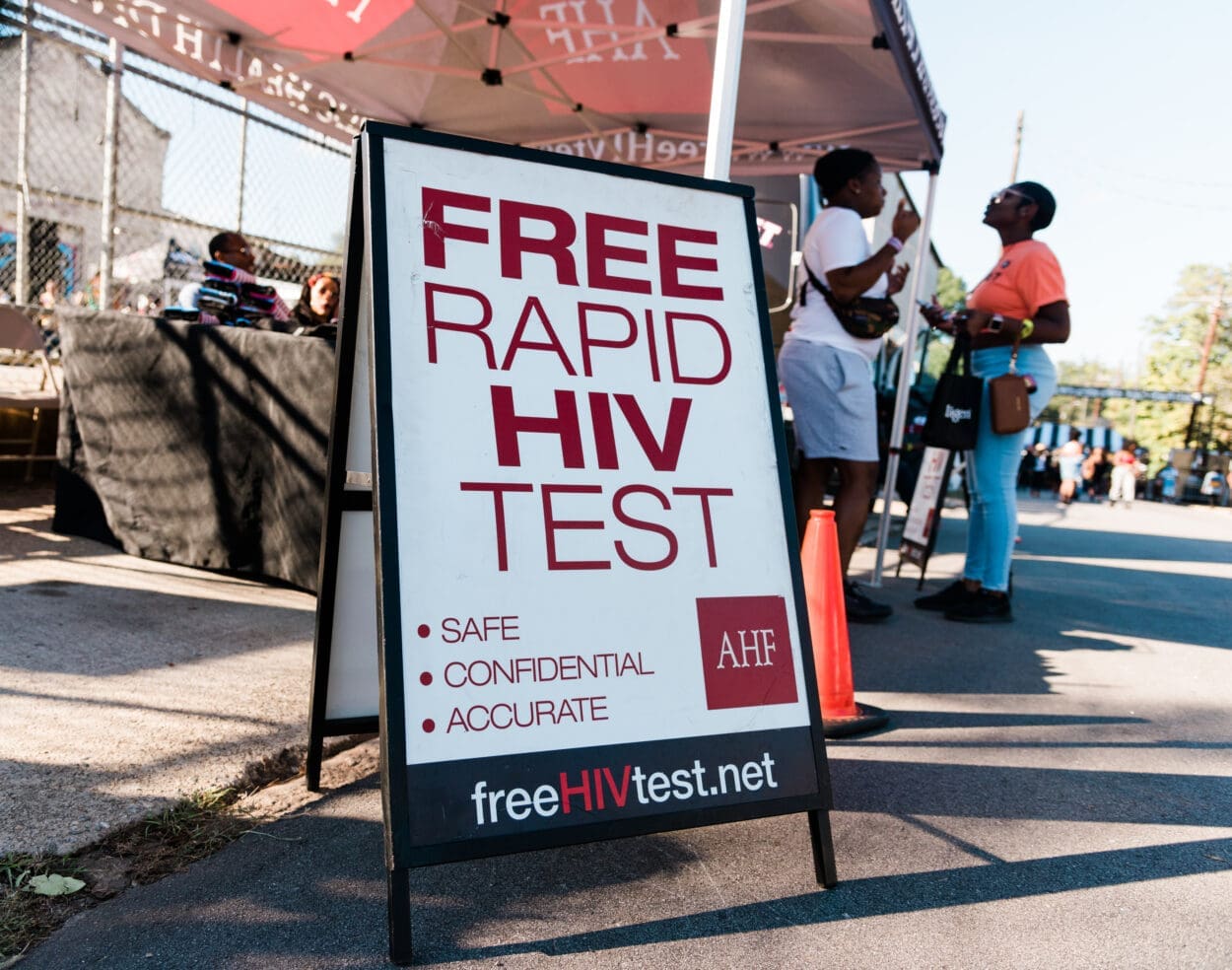Sexual health is important. But sometimes, it’s hard to know exactly what to do or where to go to protect yourself. Don’t worry; we can help. We’ve put together a list of everything you need to know about getting regular HIV and STD tests.
Get tested at LEAST once a year.
HIV testing should be part of your routine preventative care. If you’re sexually active, you should be getting tested for HIV and STIs (sexually transmitted infections) at least once a year.
According to the Centers for Disease Control, there are about 20 million new cases of sexually transmitted infections in the United States every year.
Factors such as age and number of sexual partners are key in how often you should be tested. When asked about testing frequency, Dr. Katharine O’Connell White, Director of Fellowship in Family Planning and Associate Professor at Boston University recommended that “if you’re 25 years old or younger, [you should] get screened once a year. And then if you’re older than 25, and you tend to have some kind of a risk factor, that may suggest [you need] more routine screenings.” When doctors mention “risk factors” surrounding testing, it can sound scary. But these risk factors don’t imply judgment or irresponsible behavior. Doctors asses your “risk” of transmitting infections in a variety of ways, such as your age group, number of sexual partners, or even having a new sexual partner.
Netflix and…Itch? Know the signs.
If you’re experiencing symptoms of what you think is an STD or HIV, don’t wait until your yearly screening to get tested. STD symptoms vary from pain or burning while peeing to itchy rashes and muscle aches. Symptoms of HIV are similarly wide-ranging and can present in some as flu-like symptoms, while others might not experience symptoms at all. If you’re in doubt, ask your doctor.
While many STDs are common, and the first symptoms may be mild, the consequences of leaving them untreated can be serious. For example, after 10 to 20 years, Syphilis can cause organ damage, paralysis, dementia, and even death. So, ignoring symptoms or hoping they will resolve themselves is not a good idea, especially when Syphilis, chlamydia, and gonorrhea can all be completely cured with antibiotics.
Not all STDs have obvious symptoms; some people may be asymptomatic or not experience any symptoms. Even if you’re asymptomatic, you can still pass an STD to your partner, and if left untreated, your STD could progress and get worse. That’s why regular screenings and intermittent tests if you’re experiencing symptoms are so important.
When in doubt, get tested.
If you think you might’ve been exposed, get tested. Don’t be afraid to ask questions, even if they might be embarrassing. It’s better to have a conversation with your doctor than to wonder and suffer in silence. Your doctor is here to help. If you’re looking to get tested quickly or on a budget, click here to find fast, free testing locations near you.
And remember, frequent testing should NEVER take the place of using condoms. Protection starts with being prepared. To learn more about STD/HIV testing and where you can score tons of free condoms, click here.

